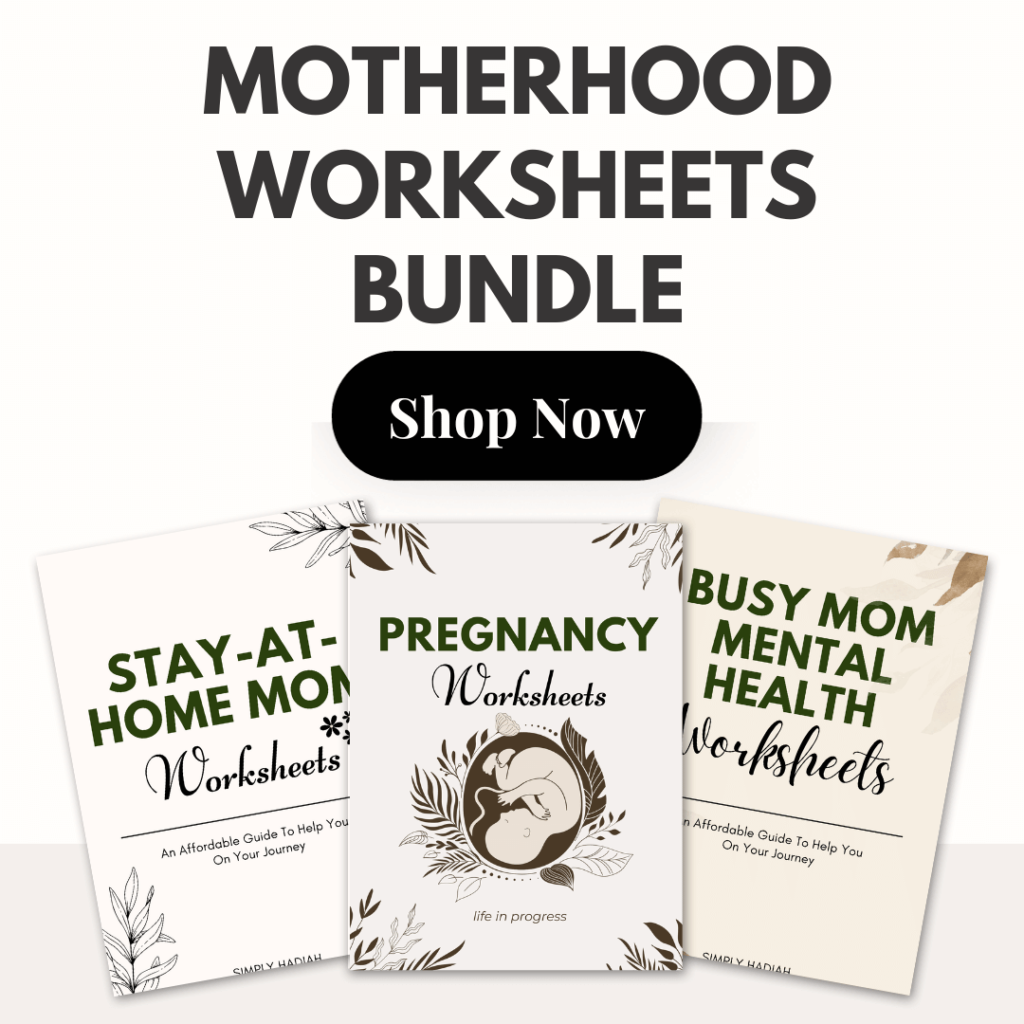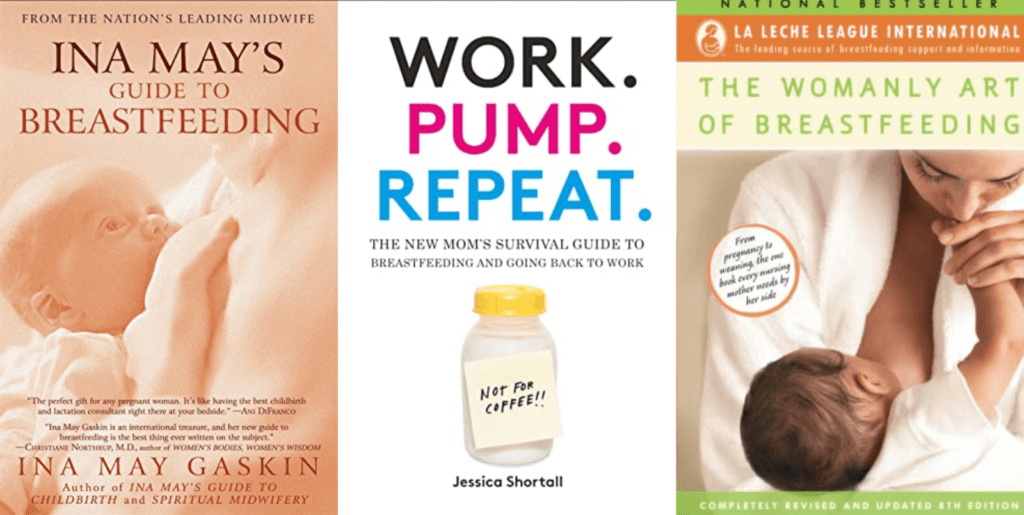In this post, you’ll learn all about engorgement vs. mastitis.
- What Is Breast Engorgement?
- Symptoms of Breast Engorgement
- Causes of Breast Engorgement
- Treatment for Breast Engorgement
- What Is Mastitis?
- Symptoms of Mastitis
- Causes of Mastitis
- Treatment for Mastitis
- Breast Engorgement vs Mastitis
- When to Seek Medical Attention?
- How to Prevent Breast Engorgement?
- How to Prevent Mastitis?
- Conclusion
What Is Breast Engorgement?
Breast engorgement refers to the condition when a woman’s breasts become overly full and swollen with milk.
It often occurs in the first few days after giving birth, as the body adjusts to the baby’s feeding schedule.
The engorgement can be uncomfortable and painful, and may make it difficult for the baby to latch onto the breast properly. (source)
It is important to manage breast engorgement promptly to avoid further complications such as mastitis or decreased milk supply.
Related: How To Sleep Comfortably With Engorged Breasts?
Symptoms of Breast Engorgement
Engorgement is a common problem that new mothers face during breastfeeding. The common symptoms of breast engorgement are:
1. Swollen, firm or hard breasts
2. Painful and tender breasts
3. Warmth and redness in the affected area
4. Nipple soreness or pain
5. Lumpy breasts
6. Feeling of heaviness or fullness in the breast
7. Decreased milk flow or difficulty in latching
8. Fever or flu-like symptoms (in severe cases)
(source)
Related: When Does Breastfeeding Get Easier? A Guide for New Mothers
Causes of Breast Engorgement
There are several factors that can contribute to breast engorgement, including:
1. Delayed or infrequent breastfeeding or pumping: If you don’t breastfeed frequently enough, your breasts may become overly full and engorged.
2. Improper latch: If your baby is not latching properly or if you’re using a breast pump incorrectly, it can lead to engorgement.
3. Breastfeeding difficulties: Some women experience breastfeeding difficulties such as flat or inverted nipples, which can make it difficult for the baby to latch and remove milk effectively.
4. Rapid increase in milk supply: In some cases, a sudden or rapid increase in milk supply can cause engorgement. (source)
5. Weaning process: During the weaning process, there may be periods where milk production outpaces the baby’s needs, leading to engorgement. (source)
6. Blocked ducts: A blocked duct can cause milk to accumulate in the breast tissue, leading to engorgement. (source)
7. Breastfeeding after a break: If you have stopped breastfeeding for a period and started again, your breasts may become engorged as they adjust to the increased demand for milk.
Treatment for Breast Engorgement
The following are some treatment options for breast engorgement:
1. Frequent nursing: Breastfeed your newborn baby frequently, at least eight to twelve times a day (7–9 times a day for babies who are 1–2 months old). This will help to keep your breasts soft and prevent them from becoming too full. (source)
2. Massage: Gentle massage of the breast, especially before feeding, can help to alleviate the pain and discomfort associated with engorgement. Use your hand or a warm, moist compress to massage your breast.
Related: How To Massage Engorged Breasts?
3. Warm compresses: Applying a warm compress to the breast before feeding can help to soften the breast tissue and make it easier for your baby to latch on.
4. Cold compresses: Cold compresses can help reduce swelling and pain. Use a cold compress on your breasts after feeding.
5. Pumping: Expressing a small amount of milk before breastfeeding can help to soften the breast and make it easier for your baby to latch on. However, it is important to only pump enough to alleviate discomfort, as over-pumping can cause more engorgement.
6. Pain relievers: Over-the-counter pain relievers can be taken to alleviate pain and inflammation. Consult with your doctor before taking any medications.
7. Professional help: If you are experiencing severe or persistent engorgement, seek the help of a lactation consultant or healthcare provider. They can provide further guidance on how to manage the condition.
Related: Breastfeeding Resources (Information, Apps, Books, Podcasts)
What Is Mastitis?
Mastitis is an inflammatory condition that occurs in the breast tissues, usually during lactation.
It typically affects women who are breastfeeding, but can occur in non-breastfeeding women as well.
It is caused by bacteria that enter through a cracked or sore nipple and multiply in the milk ducts, leading to infection and inflammation. (source)
Related: Best 10 Newborn Care Books
Symptoms of Mastitis
Symptoms of mastitis can include:
1. Breast pain and tenderness
2. Swelling, redness, or warmth in the affected breast
3. A lump or area of hardness in the breast
4. Fever and chills
5. Fatigue and body aches
6. Nipple discharge that may contain pus or blood
7. Breast engorgement
8. Lumpy breasts
9. Flu-like symptoms
(source)
It is important to seek medical attention if you experience any of these symptoms to receive treatment to prevent complications.
Related: 10 Tips For Successful Breastfeeding
Causes of Mastitis
The most common causes of mastitis include:
1. Blocked milk ducts: When the milk ducts become blocked, milk can back up and cause an infection. (source)
2. Bacteria: Mastitis can be caused by bacteria that enter the breast tissue through a crack or sore on the nipple. (source)
3. Poor breast milk drainage: If a woman is not emptying her breasts completely during milk expression, milk can build up and create a warm and moist environment where bacteria thrive. (source)
4. Improper breastfeeding technique: Incorrect latching or positioning during breastfeeding can lead to mastitis. (source)
5. Stress and fatigue: Stress and fatigue can affect immune system function, making a woman more susceptible to infections.
6. Injury to the breast: Any injury or trauma that damages the breast tissue can increase the risk of mastitis. (source)
Related: How To Combine Breastfeeding And Pumping?
Treatment for Mastitis
Here are some treatments that can help:
1. Antibiotics: If the mastitis is caused by a bacterial infection, your doctor will prescribe antibiotics to treat it.
2. Pain relievers: Over-the-counter pain relievers such as ibuprofen or acetaminophen can help relieve breast pain and reduce fever. Consult with your doctor before taking any medication.
3. Rest: It’s important to rest as much as possible and avoid any rigorous activities that may worsen your symptoms.
4. Cold compresses: Placing cold compresses on the affected breast after feeding can help relieve pain and inflammation.
5. Breastfeeding: Continuation of breastfeeding is recommended to help clear the milk ducts and decrease engorgement.
6. Proper Breastfeeding: Ensure that you are breastfeeding correctly and regularly to avoid any blockages in the milk ducts which can lead to mastitis.
If you have severe symptoms or the condition does not improve with these treatments, consult your doctor.
Related: Top 8 Breast Pumping Tips For New Moms
Breast Engorgement vs Mastitis
Breast Engorgement occurs when the breasts become overly full of milk, causing them to feel swollen, tender, and uncomfortable.
This can happen in the early days after giving birth, while breastfeeding patterns are being established, or if milk is not being regularly removed from the breasts.
Mastitis occurs when breast tissue becomes inflamed, usually as a result of an infection. It can cause symptoms such as breast tenderness, redness, warmth, and fever.
Mastitis often develops when milk ducts become blocked, causing milk to back up and bacteria to build up in the breast.
While breast engorgement can be uncomfortable, it is generally not serious and can be managed with proper breastfeeding techniques and pain relievers.
Mastitis, however, requires prompt medical attention, including antibiotics, to avoid complications such as abscesses.
If not resolved, breast engorgement can lead to blocked milk ducts or mastitis.
Related: How To Increase Milk Supply During Period?
When to Seek Medical Attention?
Here are some symptoms that may indicate the need for medical attention:
1. High Fever: A fever of 101°F or higher could indicate that the infection has spread beyond the breast. (source)
2. Increased Pain: If the pain in your breasts worsens, despite trying different home remedies, it’s time to seek medical attention.
3. Redness: A red, hot, and tender area on your breast could be a sign of mastitis. It is essential to see a doctor if you notice this.
4. Flu-like Symptoms: If you are experiencing flu-like symptoms such as fatigue, body aches, and chills, it is essential to see a doctor.
5. Nipple discharge: If you experience discharge or pus from your nipple along with any of the above symptoms, consult a doctor immediately.
Your healthcare provider can prescribe antibiotics or other medications to help with your symptoms and prevent more serious complications.
Related: Newborn Doesn’t Like Swaddle? Here’s What to Do Instead
How to Prevent Breast Engorgement?
Breast Engorgement can be prevented by following these tips:
1. Breastfeed frequently: Feeding your baby every 2-3 hours will help prevent engorgement.
2. Ensure proper latching: Make sure your baby is latching properly, as an improper latch can lead to engorgement.
3. Avoid skipping feeds: Skipping feeds or going for long intervals without breastfeeding can cause engorgement.
4. Use breast compression: Gently compressing your breast while breastfeeding can help empty the milk ducts and prevent engorgement.
5. Apply heat or cold compresses: Applying a warm compress to your breasts before breastfeeding can help stimulate milk flow, while applying a cold compress after breastfeeding can help reduce swelling.
6. Avoid overstimulating your breasts: Avoid excessive pumping or stimulating your breasts, as this can lead to overproduction of milk and engorgement.
Related: Top 7 Alternatives To Swaddling to Soothe Your Baby
How to Prevent Mastitis?
Here are some tips to help prevent mastitis:
1. Proper breastfeeding technique: Ensure that your baby latches on properly while breastfeeding as poor latching can lead to milk accumulation and infection.
2. Frequent breastfeeding: Breastfeed your baby frequently or express milk regularly to prevent milk accumulation.
3. Avoiding missed feedings: Avoid missing feedings and breast pumping sessions as this can cause milk to accumulate and lead to infection.
4. Avoid tight-fitting bras or clothing: Wear loose-fitting clothing and avoid bras that compress your breasts as this can reduce milk flow and cause milk accumulation.
5. Keep your nipples clean: Clean your nipples before and after each feeding with warm water and a mild soap.
6. Maintain good hygiene: Wash your hands before breastfeeding or pumping milk to prevent the spread of bacteria.
7. Manage stress: Stress can weaken your immune system and make you more susceptible to mastitis. Try managing your stress levels by practicing relaxation techniques like meditation or yoga.
If you do develop mastitis, seek medical attention promptly to prevent complications.
Related: 10 Best Books For New Moms
Conclusion
Engorgement occurs when the breasts become overly full of milk, causing swelling and pain. On the other hand, mastitis is an infection in the breast tissue that can cause inflammation and flu-like symptoms.
Preventing and treating both conditions is important for maintaining breastfeeding and ensuring the health of both mom and baby.




